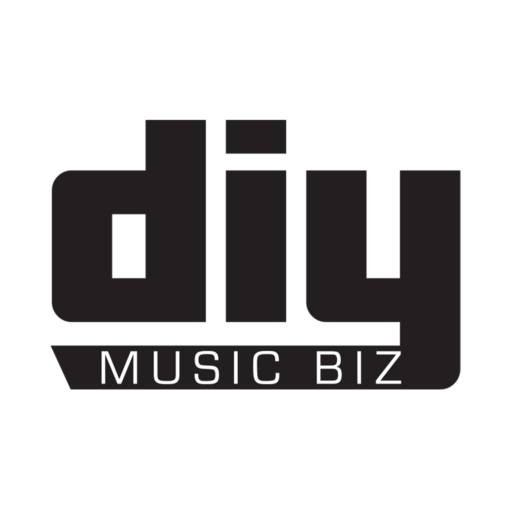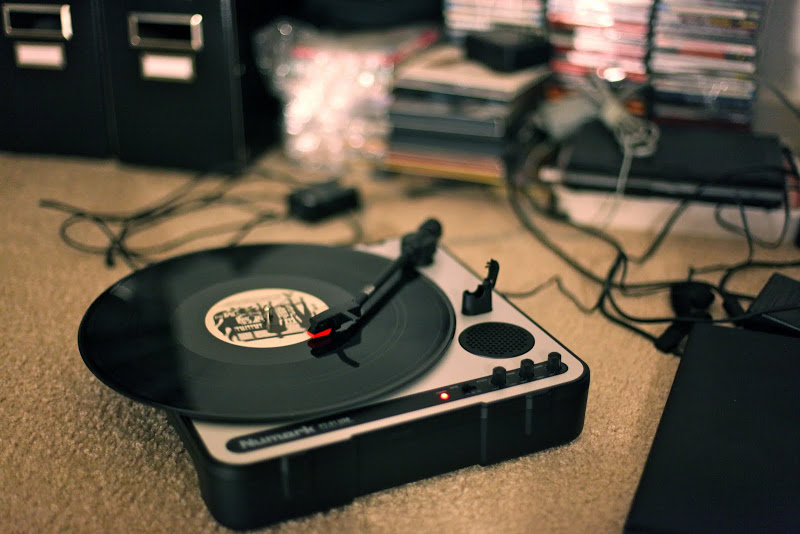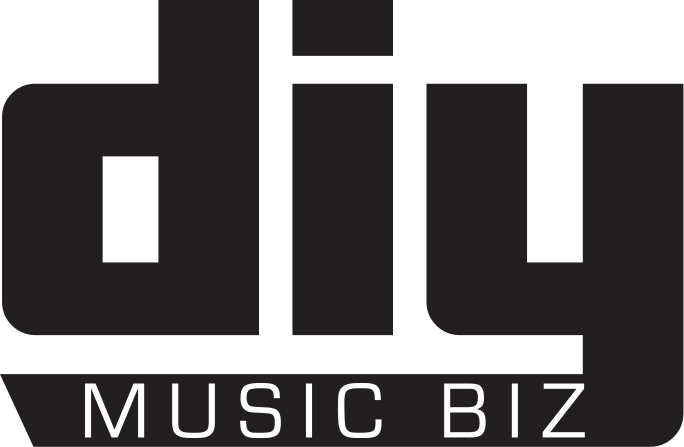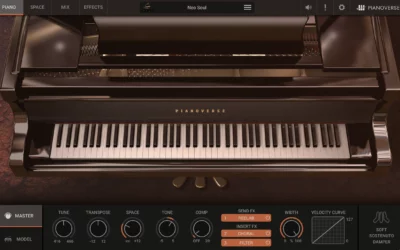If you know someone who doesn’t know how to clear samples, please share this post with them.
For a lot of us, sampling is our only means of production. It’s how we learned, it’s all we know, or it’s what we enjoy. I call it the art of thievery. If you’re using samples in your music creations, at some point, you’re going to have to clear them or risk putting yourself in a vulnerable position.
Using uncleared samples (even if it’s one) opens you up to the mercy of the sample owner. At this point, they can do whatever they want. They can pull your song, demand unfair compensation, royalties, etc.
Quick Note – sample clearance or clearing a music sample is a music license, the only difference is you’re licensing parts of the song rather than the entire song itself.
In this post, I’m going to show you how to clear music samples, but first, a little background on sampling.
What Is Sampling?
Sampling (traditionally) is taking a piece of music that you do not own or have control over and using it within your own body of work (music). That’s the easiest way to explain it without using technical jargon.
For a piano player, this can simply mean taking a pre-recorded drum loop or horn line and composing over the top.
For hip-hop or any other electronic producer, this could mean using various:
- Instruments,
- Voices
- Phrases
- Synths
- Riffs
- Sections of Music
- etc
from a song and creating music with them.
Common Sample Sources:
- Vinyl Records: This is the typical source for many
- Splice: Royalty-Free, but be careful, as I’ve found stolen material here
- YouTube: For those who like to e-Dig
- Spotify (any streaming platform): e-Digging and finding new music
- etc
Some producers/beatmakers like to take it a step further and chop the sample(s) into multiple parts, giving them more control over the sample.
Different Sampling Methods Music Producers Use
Sampling is sampling, no matter how you cut it. Here are a few methods that are commonly used.
1. Traditional Sampling (From The Source)
This involves recording phrases, hits, and loops from a vinyl record, album, or any other audio source. Most of the time, it’s going to revolve around recording from a record.
Myth → If I don’t make a profit, I don’t have to clear the sample.
2. Sample Interpolation
This is the act of replaying a section of a song that you want to sample. There are a few benefits to this method
- Bypassing the need for a Master License
- Being able to isolate what you need cleanly
Myth → If I replay it, I don’t have to get clearance
3. Loop Libraries (Royalty Free Samples)
Pre-made loops that are ready for use. All you have to do is import them into your project and build around them or use them to aid your current production. Some even treat them as traditional samples – chopping, tracking, etc.
Myth → It’s royalty-free, I don’t have to get clearance. Make sure you read the fine print.
How To Clear Samples In 6 Simple Steps
- Know what you’re sampling
- Find the copyright & master recording owners
- Sample clearance outline
- Contact, inform, send
- Knowing possible outcomes
- Negotiate terms (contract)
Step 1: Know Who You’re Sampling
A lot of times producers or beatmakers find a song, hear a portion they want, and then sample it without knowing who owns the original song.
This goes deeper than knowing the name of the song and performing artist because some songs are covers. This means the master recording could be owned by a separate entity.
This entity might be an indie artist, another label, or some unknown recording studio engineer, given the artist or producer hasn’t fully paid for studio time. A janky way to do business, but a recording studio (or engineer) needs to have some insurance in place.
Knowing this information up-front will help the process move along a lot smoother.
Step 2: Find The Copyright & Master Recording Owners
If you’re sampling from a hard copy, you’ll have all the information or most of it in front of you. You can also type in the name of the song into a PROs database (Ascap or Bmi, for example), and they will give you a rundown of the following
- Writers
- Publishers
- Companies
- etc
If the artist is signed, the label will more than likely own the master’s recording. Labels and publishers will generally have an in-house team they’ll forward you to for all licensing and sample clearance-related business.
If the artist isn’t signed, ask them who owns the master recording and the song.
As stated in step 1, people are known for doing covers, and if you’ve never heard the song, you might be inclined to think it’s an original.
Myth → All unsigned artists own their masters.
Step 3: Have All Information On Hand
You want to make sure you have some basic information outlined and ready to go.
- How long is the sample? – min/seconds
- What part of the song did you sample?
- How are you planning to use the sample?
- How often is the sample used? – min/seconds
This may sound like a lot of work, but remember, you’re asking someone if you can tamper with their creation so it pays to be thorough.
Step 4: Contacting And Sending Music To Publishers/Labels
Contact the rightful owners of the work, let them know what you’re trying to do, and send them what you’ve created.
When you send music to the copyright owner (writer/publisher) make sure you send them the outline which contains all the information listed in Step 3, the original song as well as your song utilizing the sample.
If you’re working with a publisher, they might not be familiar with the original song. Publishers are in the business of controlling, pushing, and owning copyrights (percentages of them).
When reaching out to record labels contact their licensing or business department to negotiate the master recording clearance. Sometimes they request a written letter. Other times they’ll have standard forms that you can download.
Supply whatever you can to make the process run smoothly.
Step 5: Knowing Possible Outcomes
Unlike a compulsory license, the copyright owner can reject your advances. That’s right, and they don’t have to clear the sample if they don’t want to. Why would they choose not to clear a sample that could make them money?
- The song might not be good enough (to them)
- They don’t agree morally with the message
- Maybe they’re like Prince and don’t like people sampling their music
- Because they can…
Chances of this happening, who knows? Just understand that it’s a possibility and does happen.
Step 6: Negotiate The Sample Clearance
Negotiating should be taken seriously. It’s not as simple as finding a price point, agreeing, paying, and then moving on. When negotiating sample clearances, you’re making life decisions.
A few things to consider
- Who owns the copyright of the new song?
- How will the royalties be split (if any)?
- Who will own the copyright if you die?
- The extent of clearance (license use)?
- How much? (no standard rates)?
- How will credits be displayed?
There are lots of finicky details involved.
A quick note about the extent of usage. Think hard about how you want to use this license because it will have an impact on your potential revenue.
Let’s say you get clearance for a live performance, and someone hears it and wants to use it in a video game. If your terms don’t cover this, then you’ll have to go back and re-negotiate. You should cover all bases in the initial negotiation.
Common Sample Clearing Questions
How Long Does It Take To Clear A Sample
It could take anywhere from a day to a few years, depending on when all parties involved are content with the negotiations, fees have been paid, and agreements have been signed.
Do I Have To Clear The Sample If I Give The Music Away Free?
Technically yes! That’s what the law stipulates, regardless of how much money you make. Remember, money isn’t the only form of currency.
Do You Have To Clear Drum Samples
This is a sticky one, and it depends on the source of the sounds. If you sample drum sounds from someone else’s recording, yes, you’re expected to clear those sounds as you’re using someone’s ‘master recording‘. If you’re grabbing sounds from a legit sound library, your user terms are tied to the purchase, read and understand them.
If you’ve pulled sounds from a site like SPLICE, be careful as there are some sound designers there who aren’t designing but stealing sounds and reselling them as their own. This isn’t just an issue with Splice, but now most sample companies.
If the drums are melodic sounding, stay away from those loops altogether unless you’re chopping them up, even if you have the legal right to use them.
How Much Does Clearing A Sample Cost
This depends on the song, who owns it, and what they want to charge. The cost of clearing a sample could range from $100 to $30,000. There is no regulation on the pricing. Some will require a nonrefundable consideration fee.
I’ve seen these range from $500 to $2,500. Meaning you can that amount of the publisher/copyright owner to listen and consider. Then on top of this, you have royalty negotiations, and it can get pretty pricey.
How Are Music Producers Getting Away With Sampling
The copyright owner of the sample song, music, or soundbite has to make a claim. With that being said, a lot of people don’t care enough unless they want to stop something from happening or until the move to make a claim is profitable, aka worth their time. It depends on the person.
Need Help Clearing Samples?
For most music creators, clearing samples is a lot of work. They don’t like doing the groundwork. Luckily there are companies that will assist with the process for a fee.
Two companies that will assist with sample clearances – Dmg Clearances and Sample Clearance. A good connection to have when clearing samples is Ron of Alien Music.
I’ll add more resources as they come.





